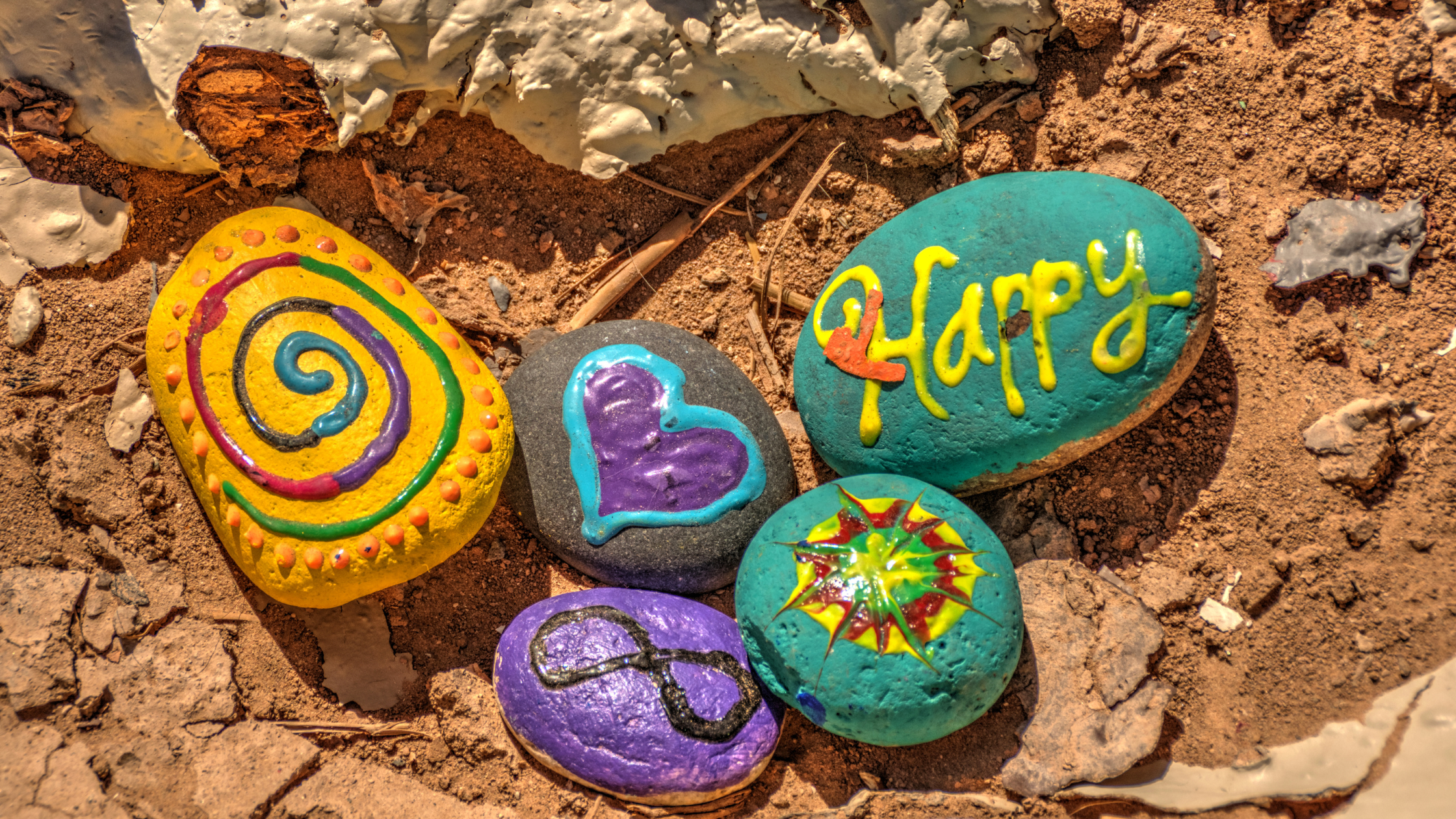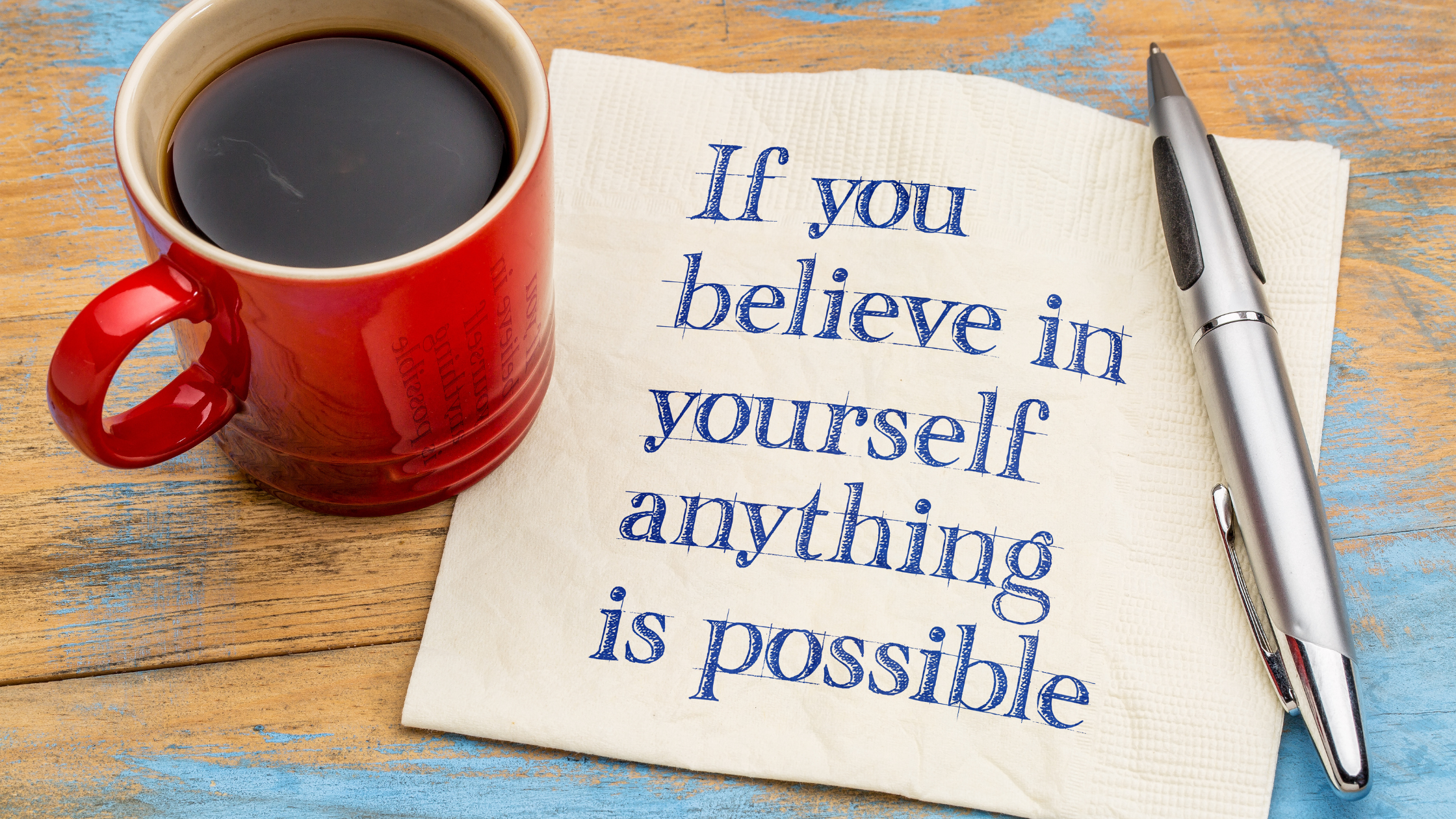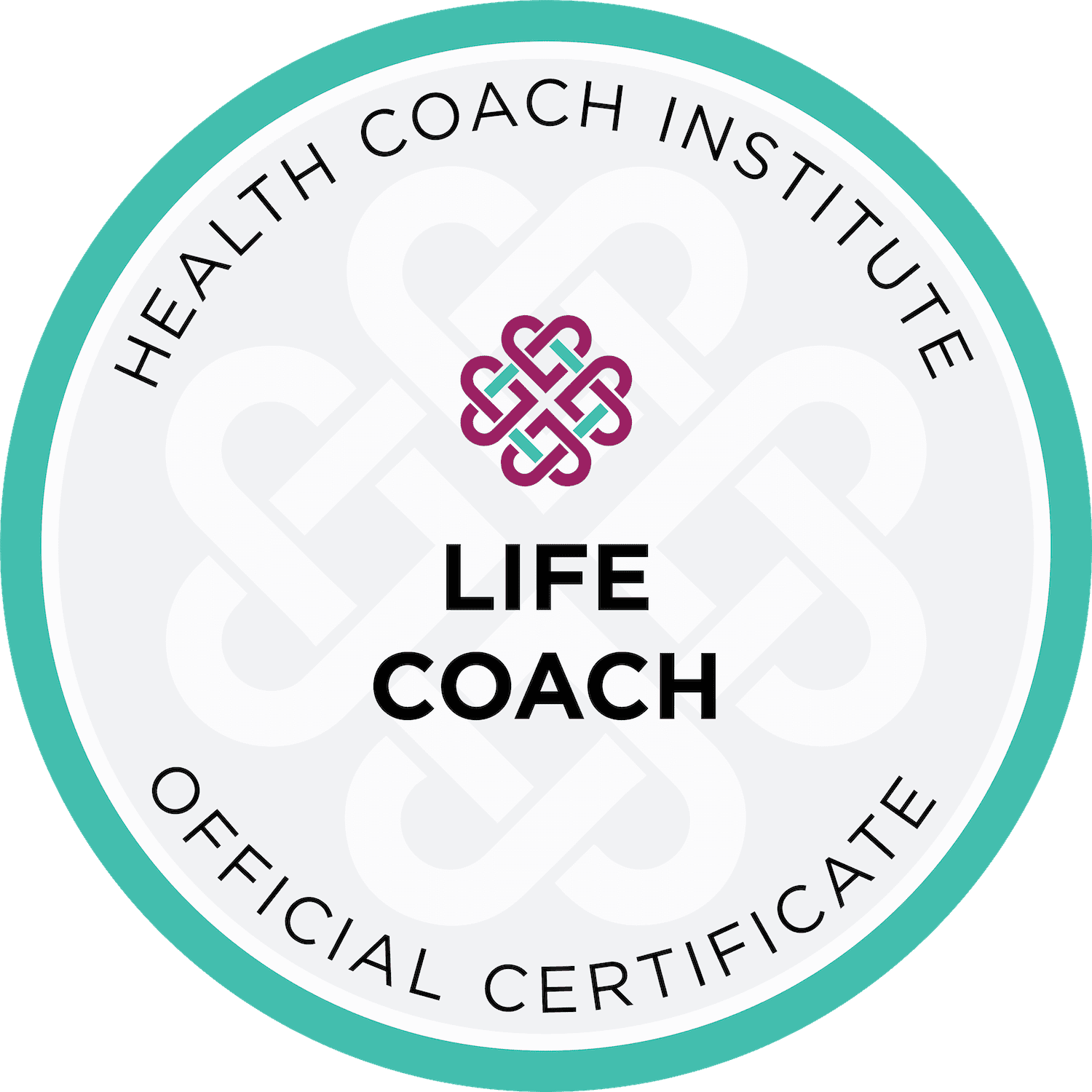As human beings, we often grapple with the question of how to change behaviors that no longer serve us. Whether it’s the late-night snacking, the procrastination on important tasks, or the negative self-talk that creeps in on those tough days, these habits can be challenging to shake off. However, what if I told you that the key to invoking real, long-lasting change lies in how we perceive and engage with our thoughts and beliefs?
Radical Thinking: Shifting Our Perspective
To enact meaningful change, we must approach it from a radically different angle than we have in the past. Most of us have been conditioned to view our thoughts and feelings as truths—snapshots of who we are and what we believe. This mindset can lead us to identify with negative behaviors and affirmations, making change feel nearly impossible.
The first step in this radical shift is understanding that our thoughts are just that—thoughts. They are not absolute reflections of our identity or intrinsic worth. When we recognize that thoughts can be fleeting, we begin to see that we don’t have to hold onto them or let them define us. This awareness is the groundwork for lasting transformation.
Thoughts and Beliefs: The Foundation of Behavior
At the core of our behaviors lies a web of thoughts and beliefs that we may not even be consciously aware of. It starts with a thought—something like, “I always mess things up” or “I’ll never be fit.” These thoughts lead to beliefs, which then shape our identity. It’s a vicious cycle that can perpetuate unhealthy behaviors and prevent us from growing into our best selves.
If we want to change our behavior, it’s crucial to disrupt this cycle. We need to identify the thoughts that trigger our undesired actions and challenge their validity. Are these thoughts true? Are they beneficial? By questioning them, we can start to untangle the beliefs that no longer serve us and rewrite the narrative of our identity.
The Identity Factor: Breaking Free from Labels
One of the most significant barriers to change is our attachment to identity. When we label ourselves—whether it’s “the overthinker,” “the anxious one,” or “the habitual procrastinator”—we set limitations on what we can achieve. These labels become a part of how we see ourselves, making it hard to break free from the behaviors tied to them.
Instead of allowing these labels to dictate our actions, we should embrace the concept of fluidity. Identity is not static; it evolves as we grow. By framing ourselves in terms of potential rather than limitation, we open ourselves up to new possibilities and paths for change.
A Practical Approach: Mindfulness and Awareness
So, how do we practically apply this radical mindset shift in our daily lives? Mindfulness and awareness are powerful tools. When you catch yourself engaging in unwanted behavior, pause and acknowledge the thoughts that led you there. Are these thoughts helpful? Recognizing that these thoughts are temporary allows you to let them pass without judgment, preventing them from taking root in your identity.
Journaling can also be an effective method for processing your thoughts. Write down beliefs that you’ve held onto tightly, and challenge them one by one. Affirmations can replace these beliefs with empowering statements, helping to transform your self-perception over time.
Embrace the Journey
In our journey of life, we must support one another in this journey of radical change. It requires patience and compassion—both for ourselves and others. Change does not happen overnight; it’s a process of consistent effort and self-reflection. By understanding that our thoughts are fleeting and do not define us, we can invoke profound change in our lives. Let’s encourage each other to adopt this new mindset, fostering lasting transformation that resonates with our authentic selves.
Together, we can break free from the chains of our old identities and create a future filled with possibility and growth. Let’s embrace this journey and celebrate every step toward lasting change!






